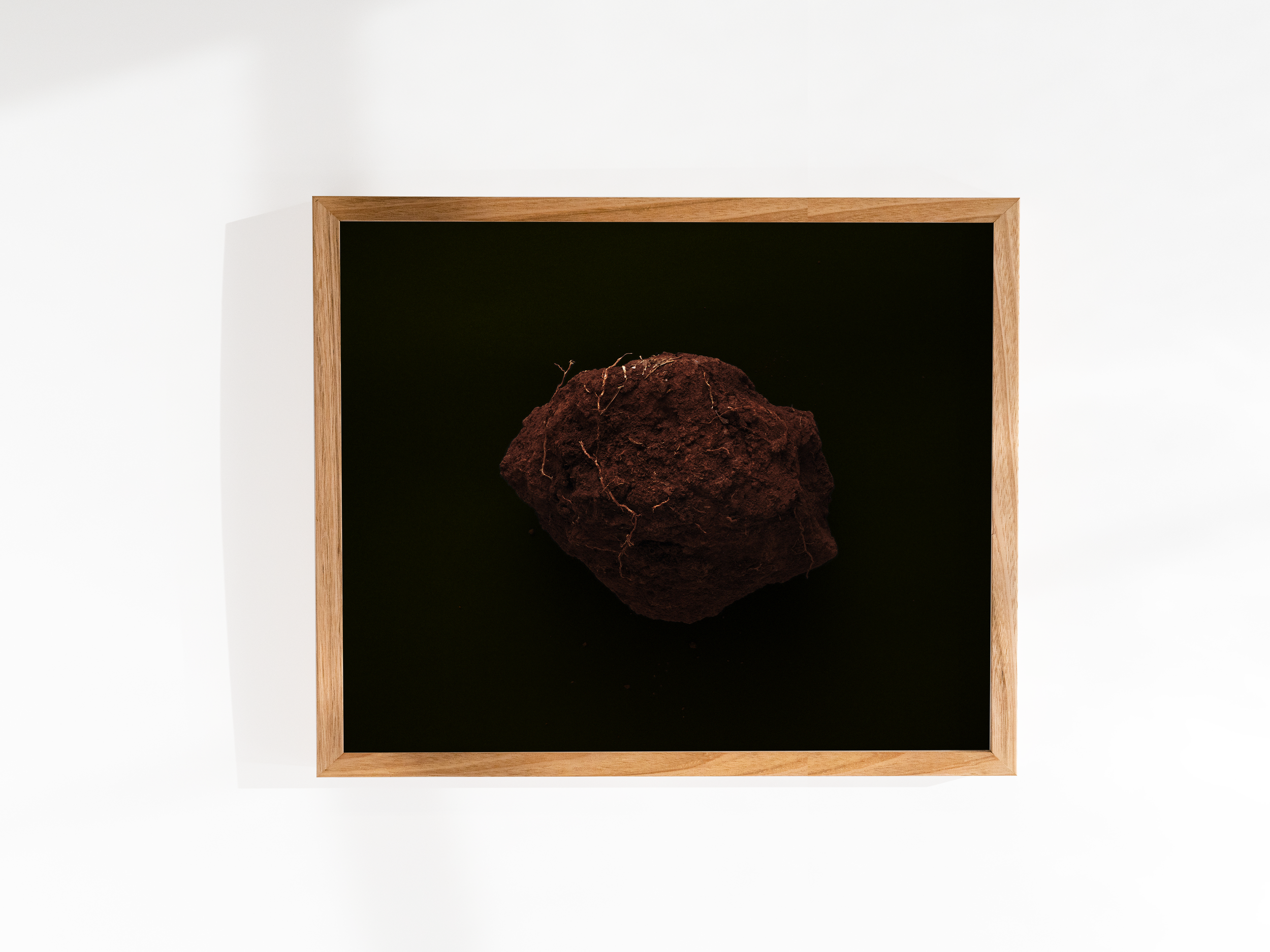Filipe dos Santos Barrocas
[Portugal, 1982]
Filipe dos Santos Barrocas (Portugal, 1982) is a multidisciplinary artist, researcher and teacher based in São Paulo since 2010. His work combines visual and performing arts, with a focus on photography. He is a Ph.D. candidate at the University of São Paulo (Brazil), researching Brazilian art and anthropology in dialogue with the Portuguese colonial past. With a Master's degree in Visual Poetics from the same institution, he published the award-winning thesis "The Neutral Body" (2015). In 2020, he won the ProAC Expresso Aldir Blanc and presented the film "Labirinto" at the Tiradentes Film Festival. He has exhibited at Espaço das Artes (São Paulo), NowHere (Lisbon), Centro Cultural São Paulo (São Paulo), and participated in festivals such as Fotografia de Tiradentes and Rotterdam Photo.
photo credits: Raquel Santos
-
1. If you were to formulate your current work in questions, what could they be?
Could photography be an instrument for predicting the future?
What is the role of images in historical construction?
Is there a world to come? (Reference: Danowski, Déborah; Viveiros de Castro, Eduardo. Há mundo por vir? Ensaio sobre os medos e os fins. Florianópolis: Cultura e Barbárie Editora, 2015.)
2. What are some points of tension driving your investigation today? (e.g., empirical, social, political, environmental)
The subject-object relationship. It's a game of encounters where history admits the "what if?". Creating good problems. Now, with everything being within nature, interconnected and in motion, perhaps my work (inventive and inevitably political) involves configuring things in a different way. Scratching the chalk on the plate until the plate, the chalk, and I cease to be what we are.
3. ENVIRONMENT - If we were to depict an Open-Studio, what does the general environment in your studio look like? - What are your main mediums (technical and/or conceptual)
The studio is the bedroom, the house, the laboratory, the photographic studio, or the rehearsal room. The practice is constant and becomes part of the routine, which shifts depending on the process.
The workspace often has photographs and visual references pinned to the wall, a computer, and books on the desk. When opened to the public, the space transforms into an exhibition area, “the gallery-bedroom.”
4. PROCESS / STUDIO - What actions or routines feed your practice? What is your relationship with your studio?
The routines are flexible but mostly involve reading, writing, or producing images.
Photographs have migrated into molds cast in plaster, while others have been published, installed, or appropriated into films.
For instance, in Pedestre razão lusitana, the process did not end with printing the photograph onto fabric; cushions shaped like stones were later created from it.
5. A WORK - Is there any artwork (in your production) that currently stands out? If so, what does it propose?
My current photographic series bridges Brazil and Portugal, exploring historical fabulation and the foundational disconnection of the Brazilian nation as a counterpoint to a Lusitanian origin myth.
6. RECURRENCE - Retrospectively; how would you define the recurrences in your work - conceptual or plastic.
Early photographic works focused on the body, investigating evident differences among those perceived as equals within a given social, political, and economic context. These were undoubtedly influenced by contemporary dance practices, 19th-century physiognomists, and the Düsseldorf School.
Later productions spatialized the photographs into installations, adding movement through films, while continuing to consider the body in performances.
Currently, I am working on a photographic series where images are connected through proximity or context, resembling Aby Warburg’s Mnemosyne Atlas.
7. PERIPHERAL - In the obvious context that we are the product of our time, how do you see your work portraying contemporary times?
Knowing the past, without attachment, and through historical fabulations, revealing the construction of the present and the becoming of the future.
8. IMPACT - What impact would you like your work to have?
To encourage the audience to question images, their contexts, and the broad, often dominant and exclusionary, national narratives.
9. An action - that "incorporates" or stimulates your work.
To imbue the body with movement in a cadenced rhythm. By extension, to keep jumping, moving, or going wild. To falter. Figuratively speaking, to spin. To dance.
10. Name an artist 'embedded' in practice/research.
Fernando Lemos (1926–2019), Helena Almeida (1934–2018), Jorge Molder (1947), Rosângela Rennó (1962)…
Torrão, da série O corpo neutro, 2015 - 2024
Escuta o ruído do teu coração e compreenderás o que temos em comum, 2024



